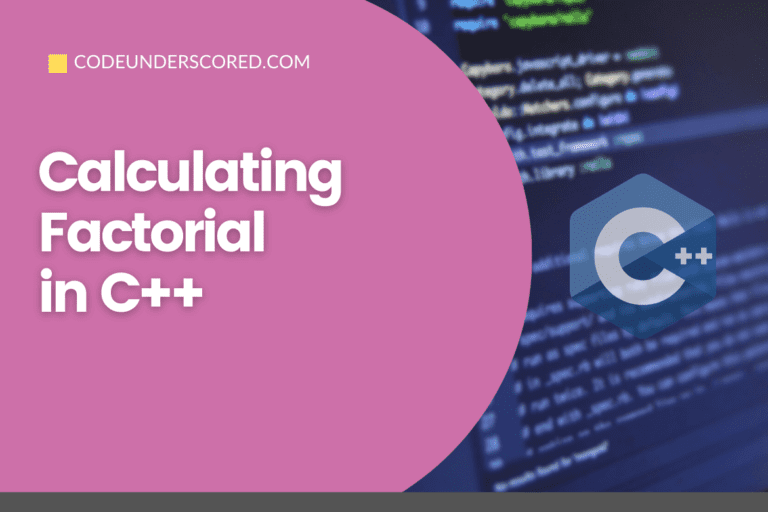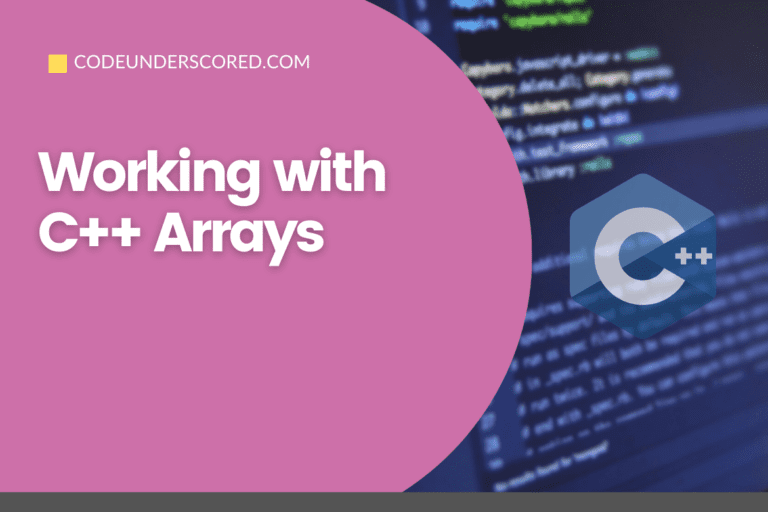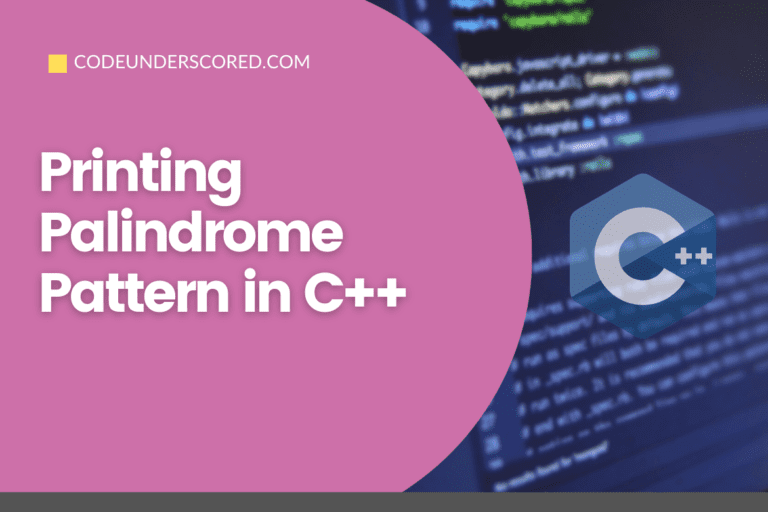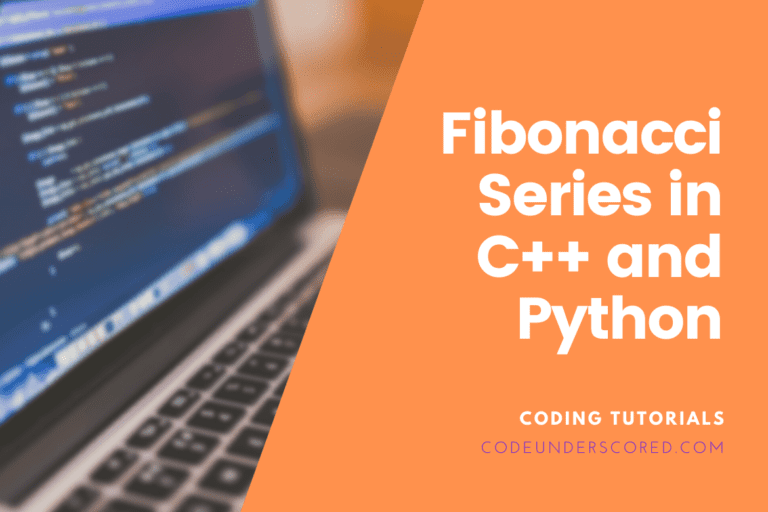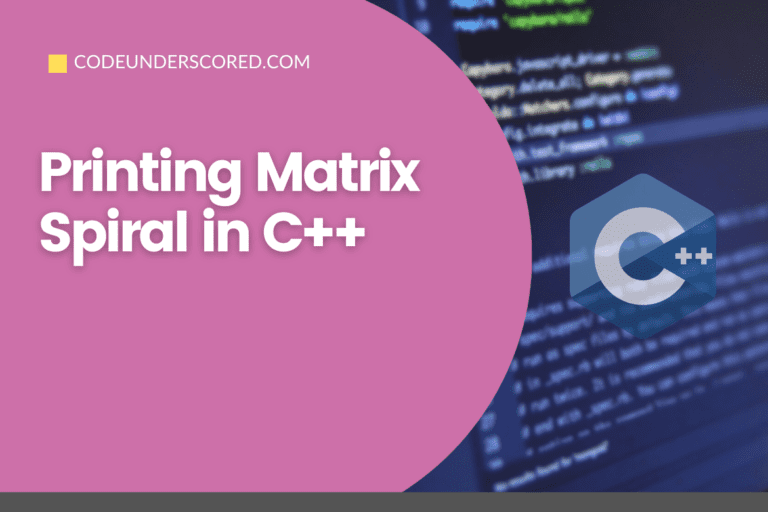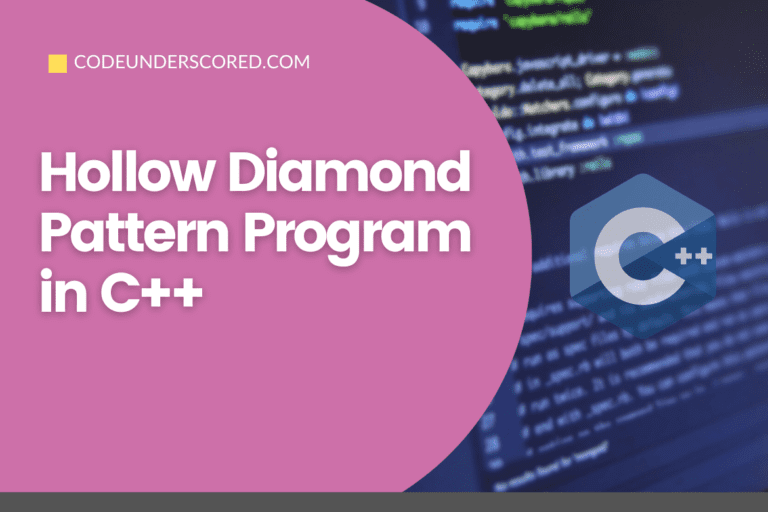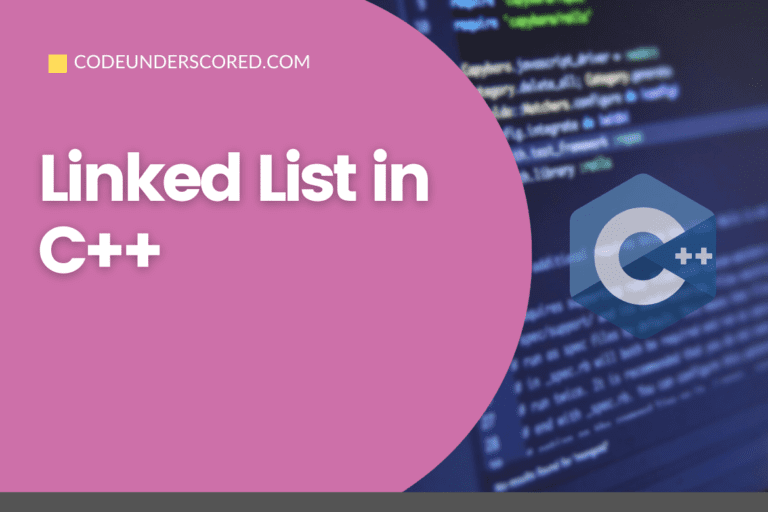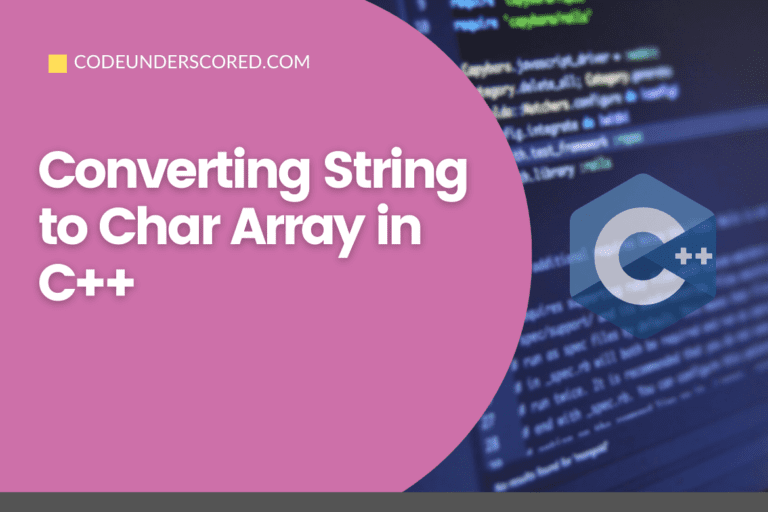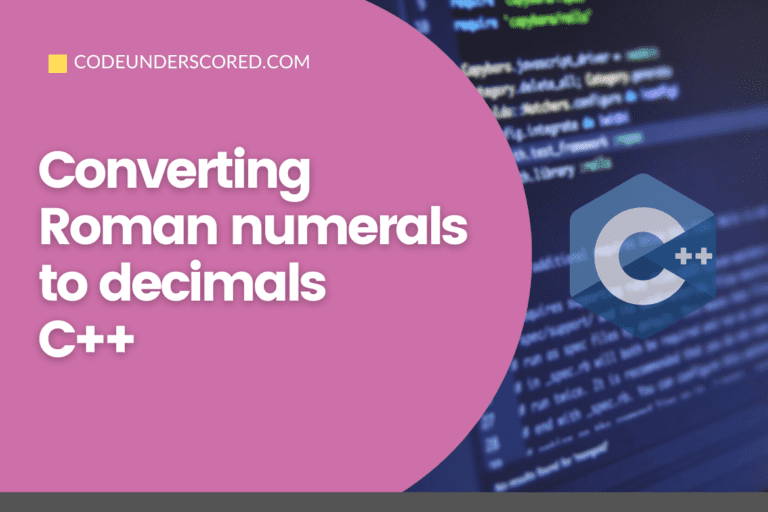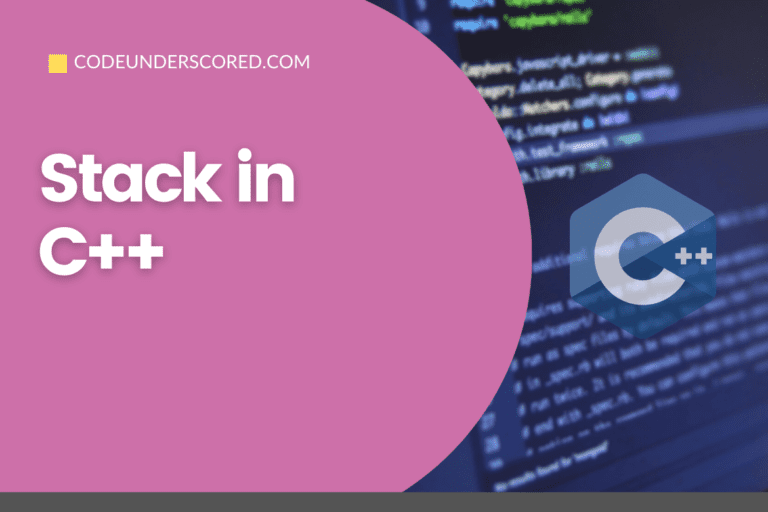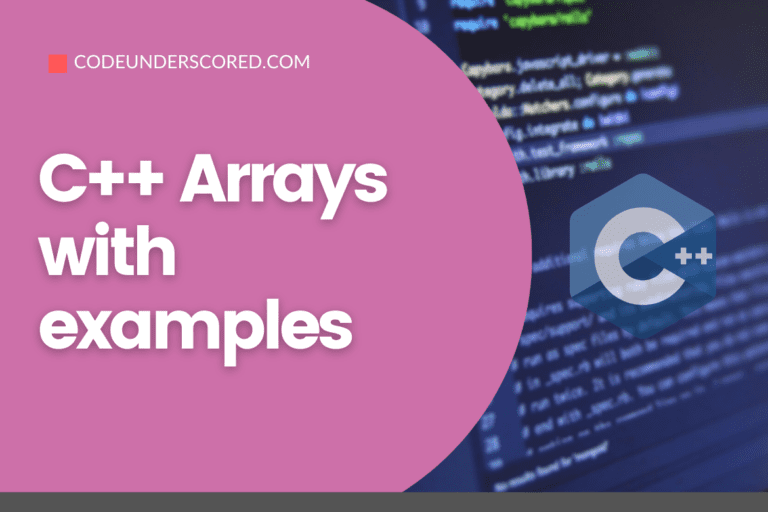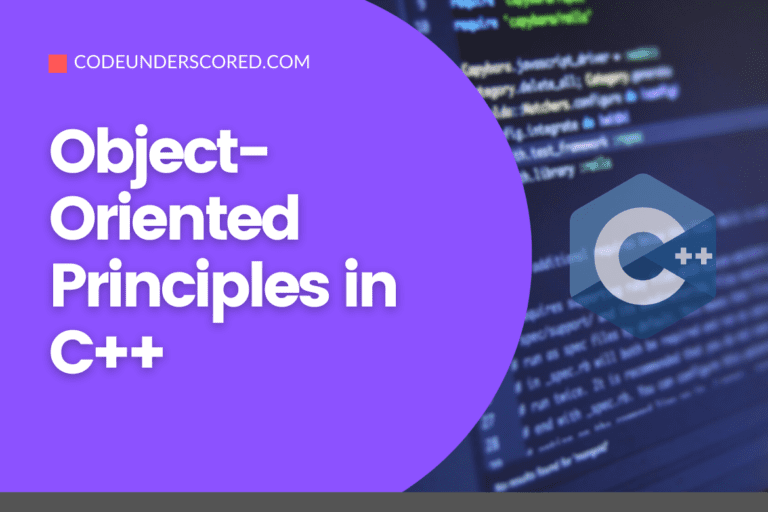Calculating Factorial in C++
We will use C++ to write programs to calculate the factorial of a number. We will take the number as an input from the user and then print the factorial of that number in the console. We will use two methods to calculate the factorial of the number, the first is by performing iteration with the help of loops, and the second is by using recursion.

